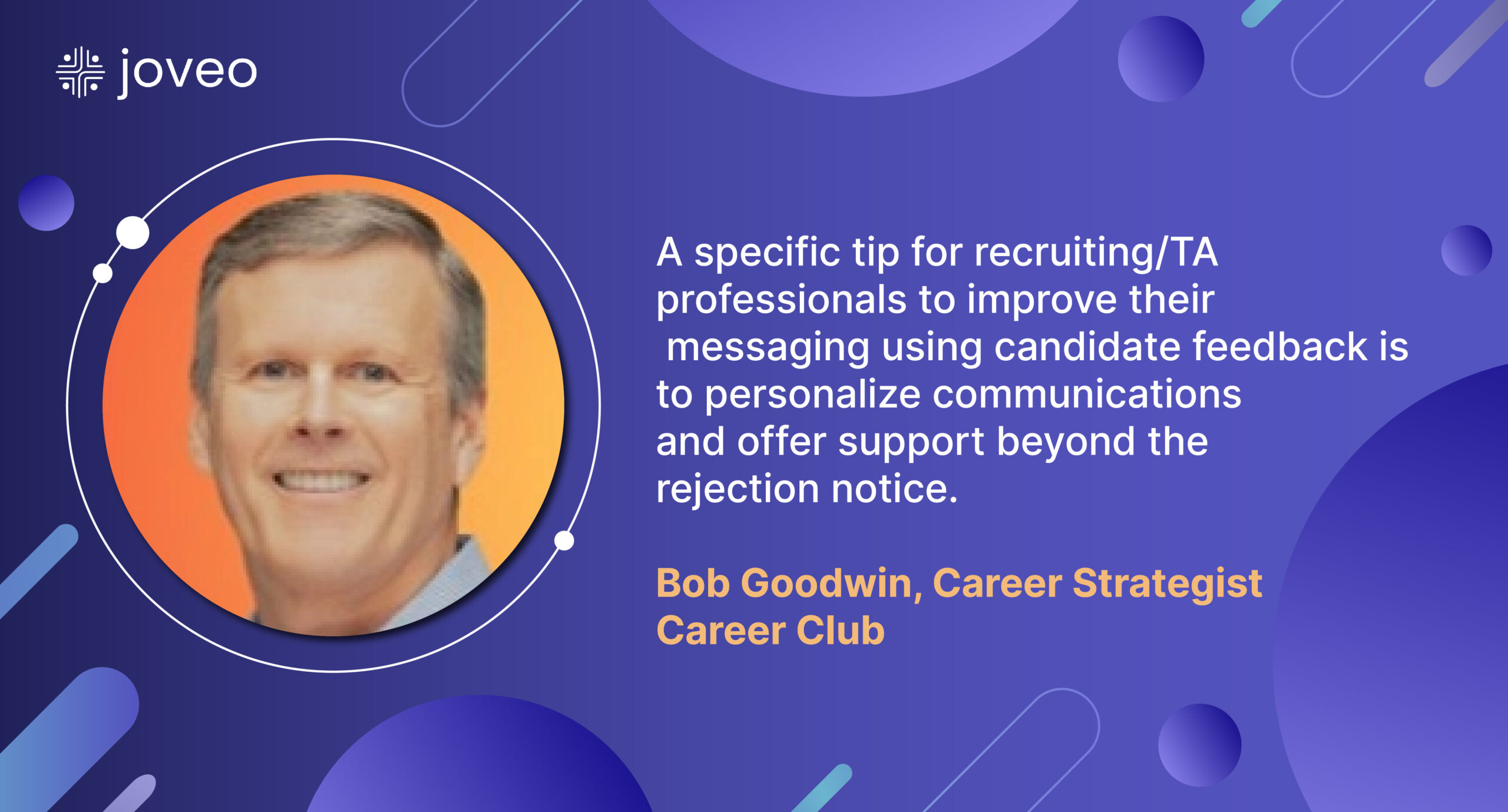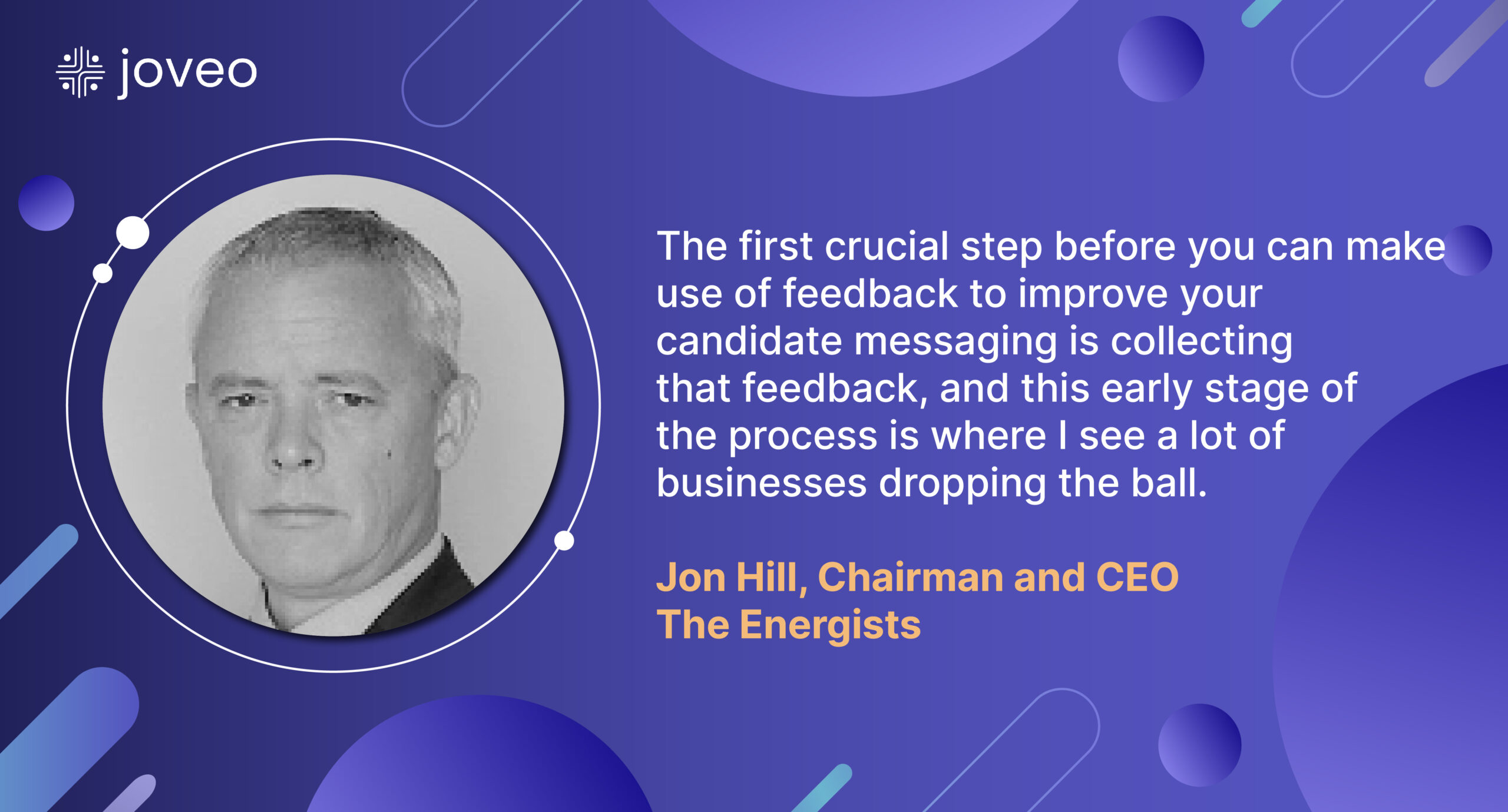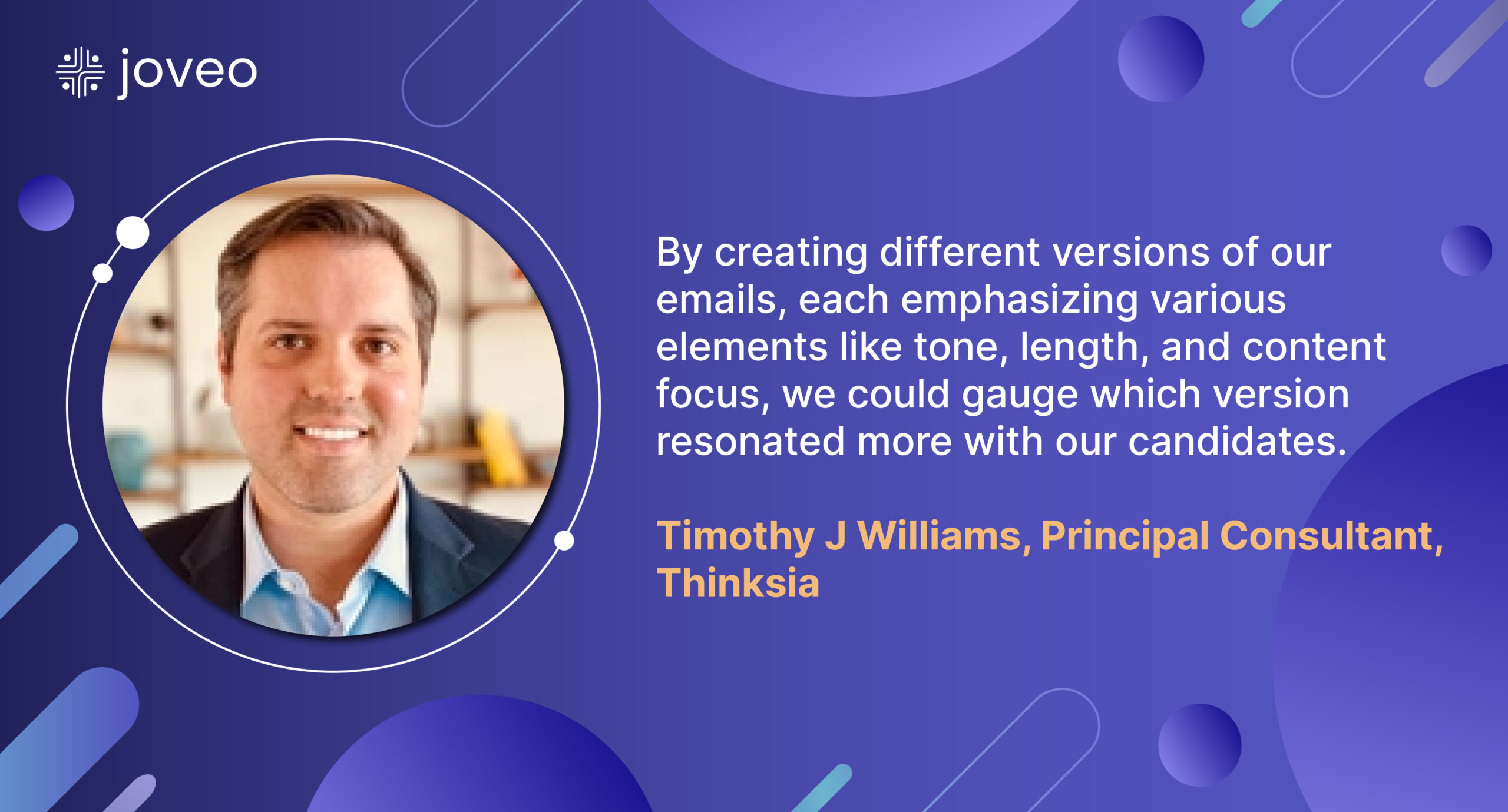In the quest to refine email communications within the recruitment space, we’ve gathered insights from six industry professionals. They share their experiences and strategies, from adopting empathetic rejection communications to customizing messages via A/B testing, providing valuable tips for leveraging candidate feedback to improve messaging. Discover how these leaders are enhancing their recruitment process through thoughtful candidate engagement.
Adopt Empathetic Rejection Communications
Feedback from candidates is a critical component in enhancing the overall candidate experience, which can significantly impact employer branding and talent acquisition efforts. According to the 2023 Global Candidate Experience Benchmark Research Report, candidates globally have consistently reported poor experiences, with North America ranking among the worst regions.
One effective strategy that companies are adopting is to replace standard rejection letters with more empathetic and supportive communications. For example, companies are acknowledging the challenges of the job search process and offering free job search resources to rejected candidates. This not only provides immediate value to candidates but also sets a foundation for a positive relationship.
A specific tip for recruiting/TA professionals to improve their messaging using candidate feedback is to personalize communications and offer support beyond the rejection notice. This could include providing feedback on the candidate’s application, offering access to resources or networking opportunities, and encouraging them to reapply for future roles.
By implementing such strategies, companies can create a more positive candidate experience, leading to higher reapplication rates, positive referrals, and an enhanced employer brand.
Bob Goodwin, Career Strategist, Career Club
Implement Candidate Feedback Loops
Initially, we started by closely analyzing the responses and feedback from candidates regarding the clarity, tone, and relevance of our communications. Many expressed a desire for more personalized messages and clearer explanations of the next steps in the hiring process.
Based on this, we began tailoring our emails to address each candidate’s specific application and status, making sure to clearly outline what they could expect moving forward. This not only improved the candidate experience but also enhanced our response rates significantly.
One strategy I’d recommend to other recruiting and TA professionals looking to improve their messaging based on candidate feedback is to implement a simple feedback loop at the end of the hiring process. Ask candidates to share their thoughts on the communication they received throughout the process. This could be done through a short survey or an informal email request. Use this feedback to identify patterns or common suggestions for improvement.
It’s a straightforward yet effective way to ensure your communications are continuously evolving to meet the expectations and needs of your candidates. This approach not only helps in refining your messaging but also demonstrates to candidates that you value their input, fostering a positive image of your organization.
Personalize Emails with Candidate Feedback
Incorporating feedback from candidates into email communications is crucial for enhancing the candidate experience and improving messaging effectiveness. One effective strategy is to personalize email content based on candidate preferences and feedback. For example, if candidates express a preference for more detailed information about the company culture, include anecdotes or testimonials from current employees in your emails.
Additionally, if candidates highlight areas where the recruitment process could be improved, acknowledge their feedback and provide updates on any changes implemented based on their suggestions. This demonstrates that you value their input and are committed to continually improving the candidate experience.
Overall, using candidate feedback to tailor email communications fosters a more personalized and engaging experience, ultimately leading to better recruitment outcomes.
Steven Mostyn, Chief Human Resources Officer, Management.org
Communicate Feedback-Driven Enhancements
We’ve always valued the power of communication, especially in our recruitment and talent-acquisition efforts. Here’s how we’ve woven candidate feedback into our email communications and two tips I believe could benefit fellow professionals in the field:
Feedback: Clarity and Detail: Candidates provided feedback that our job descriptions and role expectations within emails were sometimes vague. Taking this to heart, we began including more detailed job descriptions, clearer expectations, and direct links to FAQs on our website. This not only helped candidates understand the role better but also reduced the number of clarification emails, making the process smoother for both parties.
Tip 1: Feedback Integration Announcements: When you make changes based on candidate feedback, let future candidates know. For instance, if you’ve streamlined your application process or improved your interview scheduling based on feedback, mention these enhancements in your communications. This not only shows that you listen and adapt but also builds trust with new candidates by highlighting your commitment to a positive candidate experience.
Tip 2: Segmentation Strategy: Tailor your communication based on the stage of recruitment the candidate is in. Early-stage candidates might appreciate more information about the company culture and values, while later-stage candidates might benefit from more detailed role-specific insights. This segmentation can be refined based on feedback from candidates at each stage, ensuring your messaging is always hitting the mark.
Marc Bishop, Director, Wytlabs
Actively Request and Implement Feedback
The first crucial step before you can make use of feedback to improve your candidate messaging is collecting that feedback, and this early stage of the process is where I see a lot of businesses dropping the ball. Often, there is no communication with rejected candidates after they’ve been informed that they’re not moving forward in the process—and, sometimes, this isn’t even communicated to the candidates directly. The vast majority of job seekers are not going to send you feedback unprompted, so if you want to gather this kind of information, you need to ask for it.
I find that the final message to a rejected candidate is the best place to ask about this. It can also help to give the applicant a potential benefit for themselves by responding to this request. At The Energists, when we send applicants a message informing them they will not be moving forward in the process, we also include a paragraph asking if they would like to be kept in our talent pipeline and considered for future opportunities. We include a link to a survey they can fill out if so. In that survey, we include a few questions about their experience and any aspects of it that we could improve in the future.
Once you have that information, my top advice is to look for recurring themes and patterns. If one person says that your communication felt cold or impersonal, that may be a matter of personal taste. If a dozen candidates say this, though, that’s a sign it’s a legitimate problem you need to address. The same goes for whatever feedback you receive.
The more consistently you get that input, the higher it should be on your priority list of things to address. I recommend reviewing all of the feedback from applicants at the end of each hiring process as a matter of course. This way, you have a routine for reviewing and implementing feedback, which makes it less likely you’ll forget to take this crucial step.
Jon Hill, Chairman and CEO, The Energists
Customize Communications via A/B Testing
Incorporating candidate feedback into our email communications has significantly refined our approach at Thinksia, especially in our recruitment and talent acquisition strategies. A standout strategy that has proven effective is the customization of email content based on the feedback regarding the clarity and relevance of information provided. For instance, we received feedback that candidates were often unsure of the specifics of the role they were being considered for. In response, we revised our emails to include a brief overview of the role, expectations, and how it aligns with the candidate’s expertise and career aspirations. This allowed us to make our communications more targeted and meaningful, enhancing the candidate’s engagement and perception of our brand.
To further improve our messaging, we adopted an A/B testing approach, treating email communication as a marketing campaign. By creating different versions of our emails, each emphasizing various elements like tone, length, and content focus, we could gauge which version resonated more with our candidates. This method provided us with concrete data on candidate preferences, allowing us to continuously refine our approach. For example, we found that emails that directly addressed potential growth opportunities and outlined clear next steps in the application process received a higher engagement rate.
From my experience in marketing strategy and brand activation at Thinksia, integrating storytelling into our communications transformed the impersonal nature of typical recruitment emails. We began sharing success stories of individuals who have grown within Thinksia, turning our communications into a narrative that not only provided essential information but also painted a vivid picture of our company culture and the potential for personal and professional growth. This approach has not only improved our response rates but also increased the quality of candidates who envision themselves thriving in our environment.
Embracing candidate feedback as a cornerstone of our communication strategy has underscored the importance of adaptability and personalization in creating successful outcomes. Each of these strategies has been instrumental in enhancing our recruitment process, making it more efficient, engaging, and candidate-friendly.
Timothy J Williams, Principal Consultant, Thinksia
Conclusion
Email is a powerful channel for recruiters, offering a direct and personal way to engage with candidates. Adopting strategies mentioned above like incorporating feedback and personalization can significantly enhance the candidate experience. These strategies demonstrate a commitment to candidate needs, improving engagement, and ultimately, attracting top talent.
See us in action to boost your company’s productivity. Follow us on Twitter and LinkedIn for more hiring insights!


















